Is film dead ? No, it’s alive and well in medium format photography.
If you want my opinion I think 35mm film is a waste of time, but as I used to teach film and old processes until last year I still think there’s a roll, sorry role, for film, namely medium format. I never use my Bronica 6×4.5 now (you can make me an offer ) but I do use my Mamiya RB 67 and my panoramic 120 format Noblex – occasionally.The cost of a medium format digital back for a medium format camera is for most people prohibitive – besides 120 film is quite cheap, as is processing which one could do oneself of course, or use C41 lab processing which is what I do.
It’s also still possible to find Polaroid 665 pos/neg BW film as well. A really beautiful slow film. With 665 it’s best to overexpose by a stop to get a useless, overexposed print – that way you’ll get a good negative. It doesn’t even need fixing – washing it well under running water is sufficient. On location you can even wait till you get back to civilisation as the gell doesn’t dry hard for hours. You can buy it on Ebay or Amazon.
I use a whistle to attract people’s attention – they love it! I used it in the British Museum because I wanted to hand-hold and also tilt the camera. I have a 2 metre long print hanging on our wall at home, you can pick out every detail.
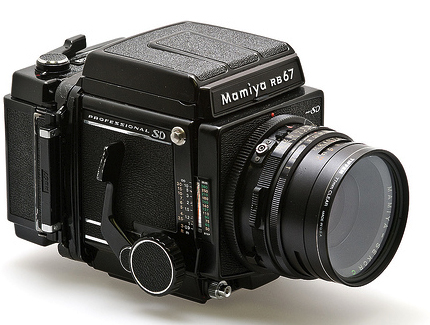
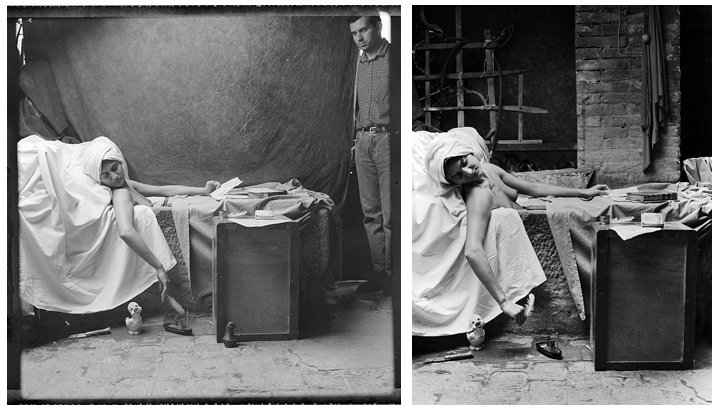
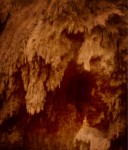
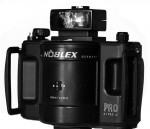
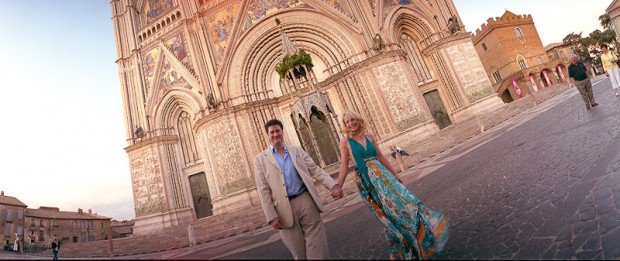
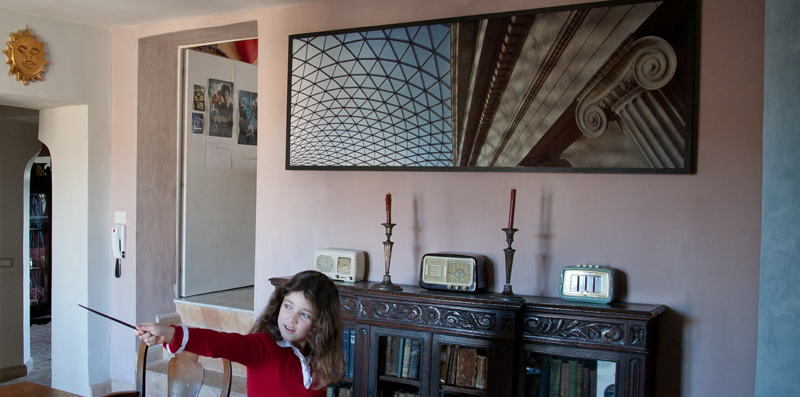
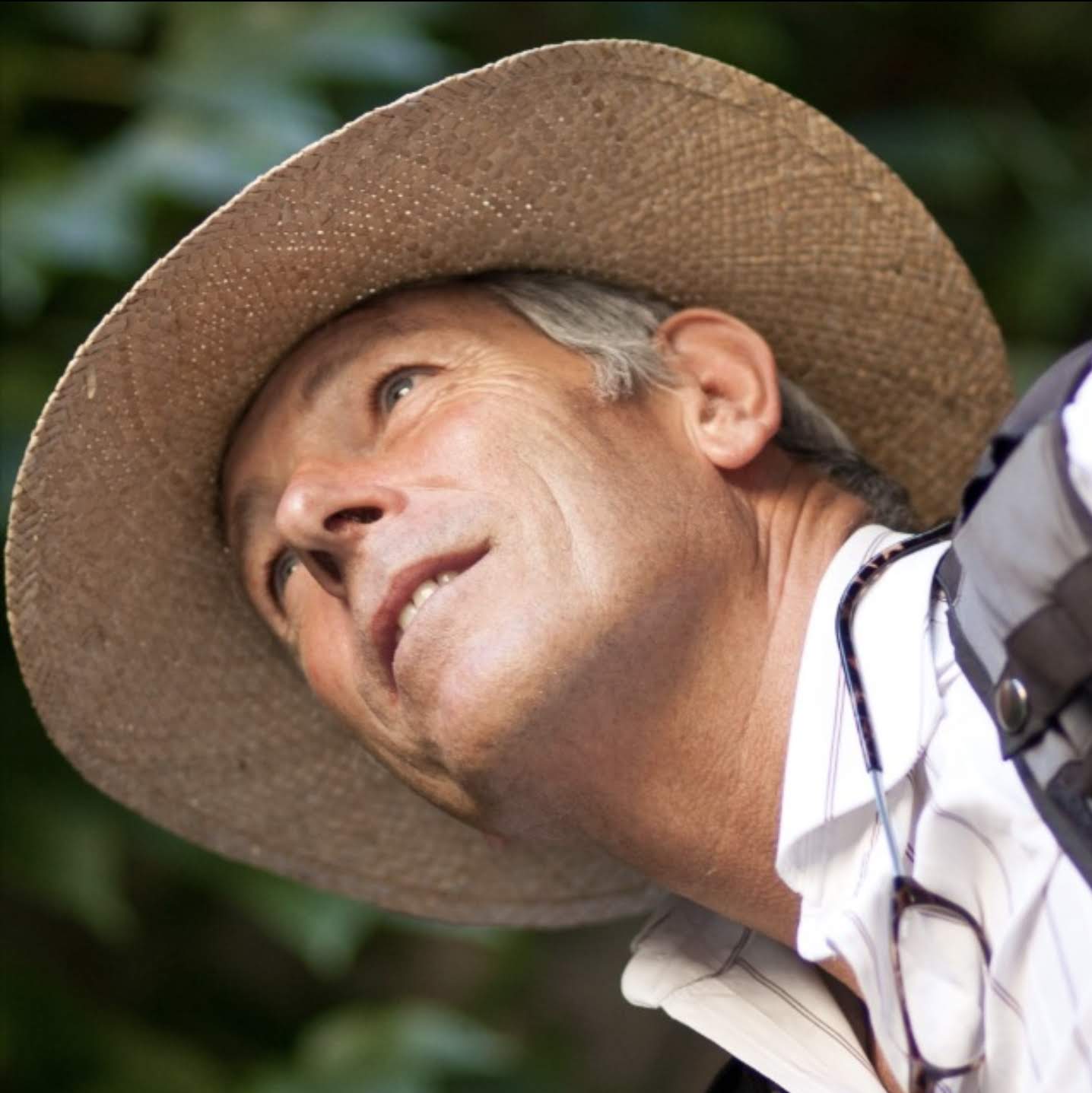
This is a really good question that I have been exploring for about a year now. Remember the time that Tarantino personally invested money so that he could prevent the bankrupcy of Kodak? Well, that says it all. I found a man in Bosnia that is desperately trying to save the 35 by going from city to city, on his own expense, and screens films to audiences for free. The problem is, nobody wants to show. On his last screening, only two people showed up… I made a documentary film about this man’s passion and I think it clearly answers the question whether or not 35 is dead. You can view the trailer here: https://www.facebook.com/rezdocumentary/?pnref=story
While they have shifted the vast majority of their product lines to digital, major camera manufacturers such as Canon and Nikon continue to make expensive professional-grade 35 mm film SLRs (such as the Canon EOS-1v and the Nikon F6 ). Introductory 35 mm SLRs, compact film point-and-shoot cameras, and single-use cameras continue to be built and sold by a number of makers. Leica finally introduced the digital Leica M8 rangefinder in 2007, but continues to make its M series rangefinder film cameras and lenses. A digital camera back for the Leica R9 SLR camera was discontinued in 2007. On March 25, 2009, Leica discontinued the R9 SLR and R-series lenses.